Jennifer Guidi’s Meditative “Mountain Range” Exhibition at Château La Coste
Colorful vistas painted from sand, inside the cantilevered Richard Rogers Gallery

A metaphoric telescope pointed toward the hills of Provence, the Richard Rogers Gallery is cantilevered from a perch high above the sprawling, art-filled acreage of Château La Coste. The spectacular gallery space was the last structure designed by the late star architect Richard Rogers, known for his collaborative work on the Pompidou Centre in Paris and other works of audacious imagination. This pavilion is but one mesmeric vessel speckling the 600 acres of Château La Coste, an otherworldly arts destination and world-class winery in the South of France. Through 3 September, the Richard Rogers Gallery houses the joyfully expressive works of LA-based artist Jennifer Guidi. This solo exhibition, entitled Mountain Range, converses with the enveloping landscape beyond the gallery’s picture window. Further, each piece within the show invites viewers into a meditative experience awash with emotion.

The exhibition was organized by Château La Coste owner Paddy McKillen in collaboration with Gagosian curator Georgina Cohen. “Last year, Georgina started talking to me about the possibility of exhibiting in the Richard Rogers Gallery,” Guidi tells COOL HUNTING. “I had never been to Provence before and I was very motivated by the beauty of the landscape and the architecture of Château La Coste so I began working on a show specifically for the Richard Rogers space.”

Guidi’s colorful, textured landscape pieces feel right at home in the gallery and, specifically, exactly where they’ve been placed. They act as painted portals elsewhere—inviting dreamscapes that viewers wish they could step into. Guidi did not visit the pavilion until installation, so she worked from a scale model to map out where the works would go in advance. “I planned everything by working with a maquette and looking at photographs and videos of the gallery,” she says.
When you arrive to it, you leave everything at the threshold. You are leaving the ground—you are floating when you go into the space
Jennifer Guidi
Her first reaction to the spotting the Richard Rogers Gallery is understandable. “It’s hard not to be overwhelmed by the beauty of the pavilion,” she continues. “When we first drove onto the property, we could see it from afar. You can see the orange metal peeking through the mountain. When you arrive to it, you leave everything at the threshold. You are leaving the ground—you are floating when you go into the space. Having to take your shoes off, or put booties on over them, it slows you down before you walk in. I liked the whole idea of the space.”

Guidi directed the installation process herself; as such, the entire exhibit is her own vision. “When I work on an exhibition, I already have an idea of what I want it to feel like—the flow of it and how the viewer will interact with it. The hard part of that building was that when you walk in, you immediately see the view at the end,” she says. “The gallery is eighty-feet long. To do an exhibition in a long, narrow space is difficult, especially if you see that view at the end. Anyone who enters will want to walk through and get to the far balcony and look at the mountain outside.” To interrupt that innate desire and anchor people with her artworks, Guidi suspended two pieces from the ceiling—in essence replacing the Provence landscape with her own.

In her work, Guidi strikes a balance between what some may internalize as soothing, serene colors and those that spark joy. “I like to exaggerate color,” she says. “I use very bright colors and fluorescents. I think, mostly, I do this because of how they make me feel when I am working on my paintings in the studio. I want to come in and be greeted by color. When we experience certain colors, we do feel joyful. That’s my intention and I use that as a way to connect with people.”

Upon closer inspection, the grainy materiality of Guidi’s work comes into focus. She’s worked with sand as a material for about ten years. “I mix sand with paint and acrylic polymers,” she says. “It’s almost like cement when it’s wet. I am very drawn to the texture of it and the armature that I can make for my paintings.” The surface structure of each painting lends it a sculptural sensibility. This unexpected quality also pulls viewers further in.

“There’s a specialness to seeing art in person,” Guidi adds. “I know everyone cannot see every show in person because of where it might be, but it’s important to enter a space and take time to look at work and get outside of ourselves.” Though Guidi’s exhibit entices and envelops, it does not exist alone at Château La Coste. Rather, it’s one facet in a profound experience for art lovers—not far from a Louise Bourgeois spider tip-toeing across a reflecting pool, beside a Tadao Ando structure, a trek from a Prune Nourry installation. And that’s only a sliver of what can be viewed during the hours on-site.

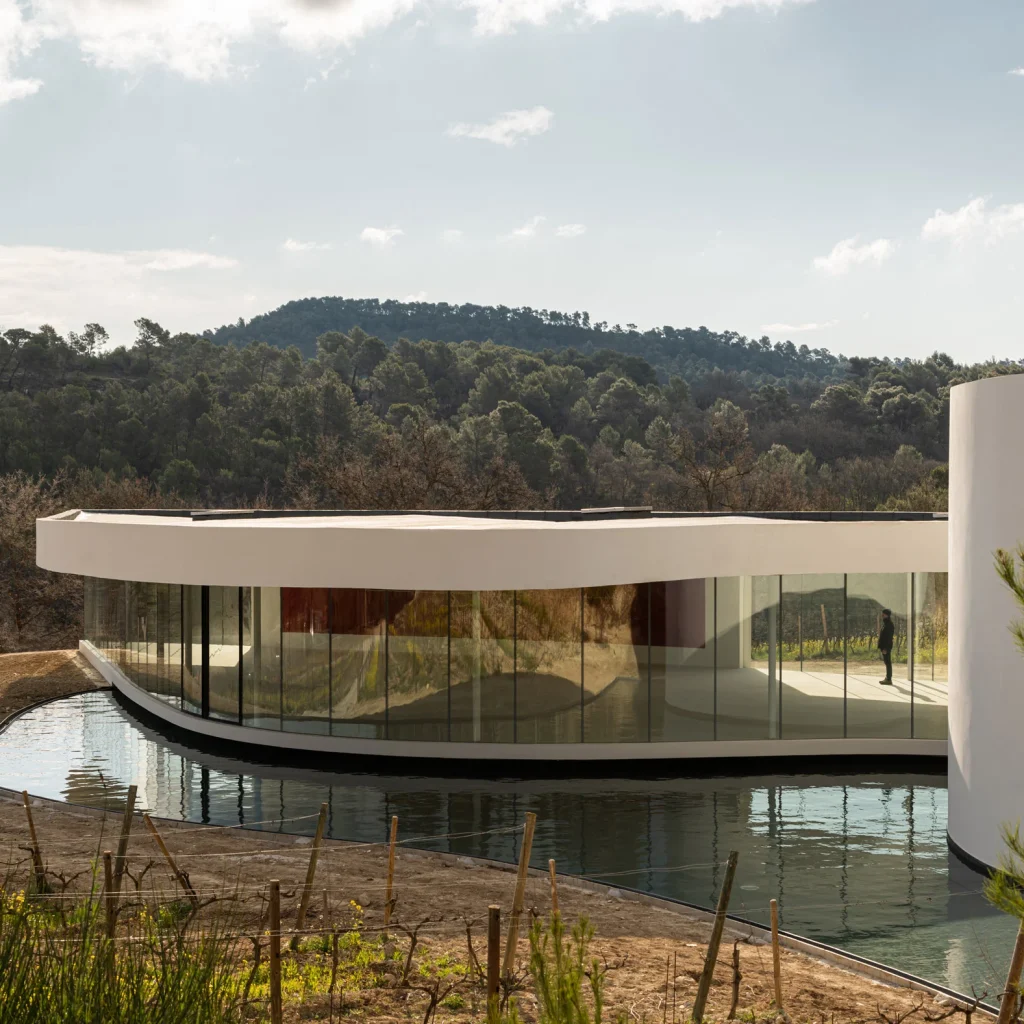

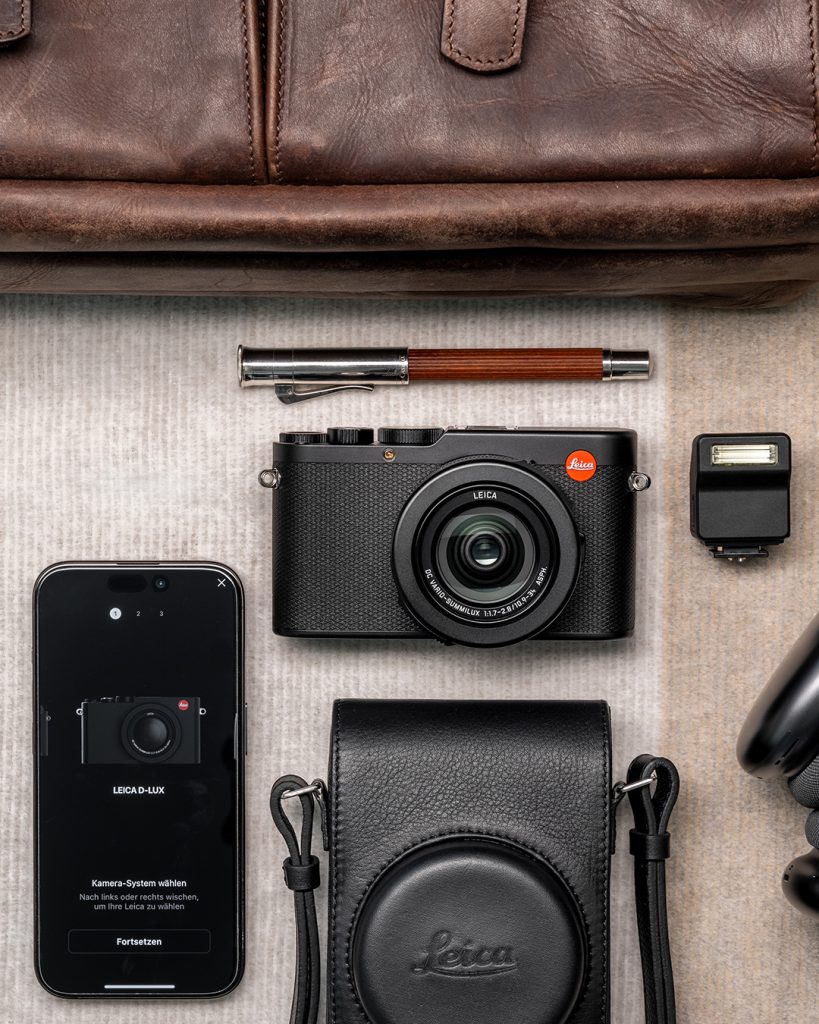
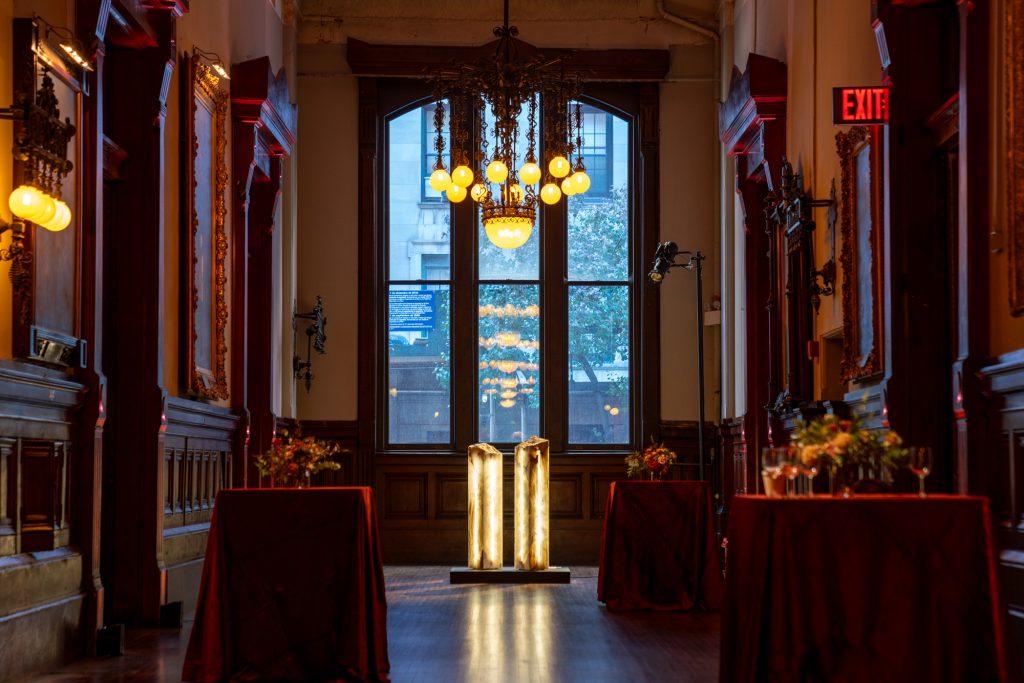

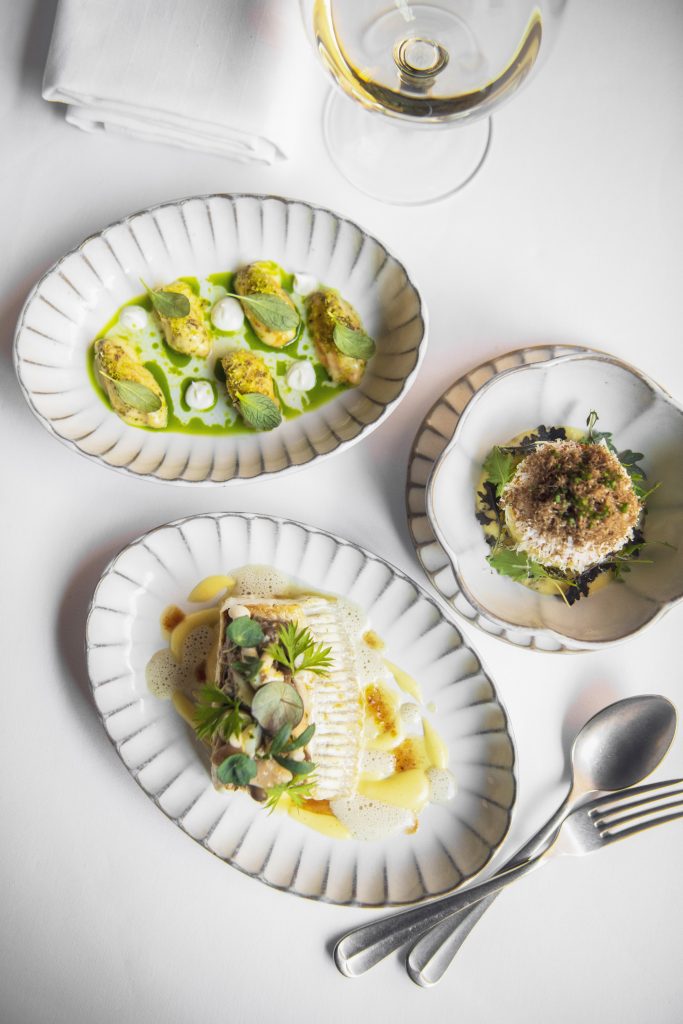
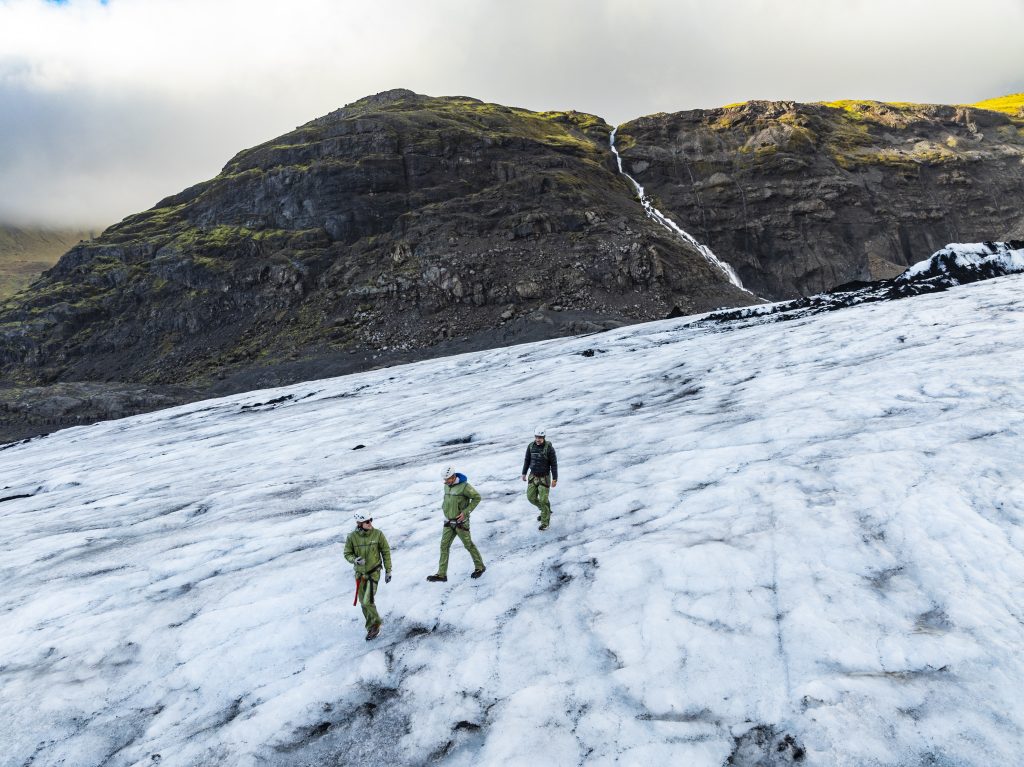

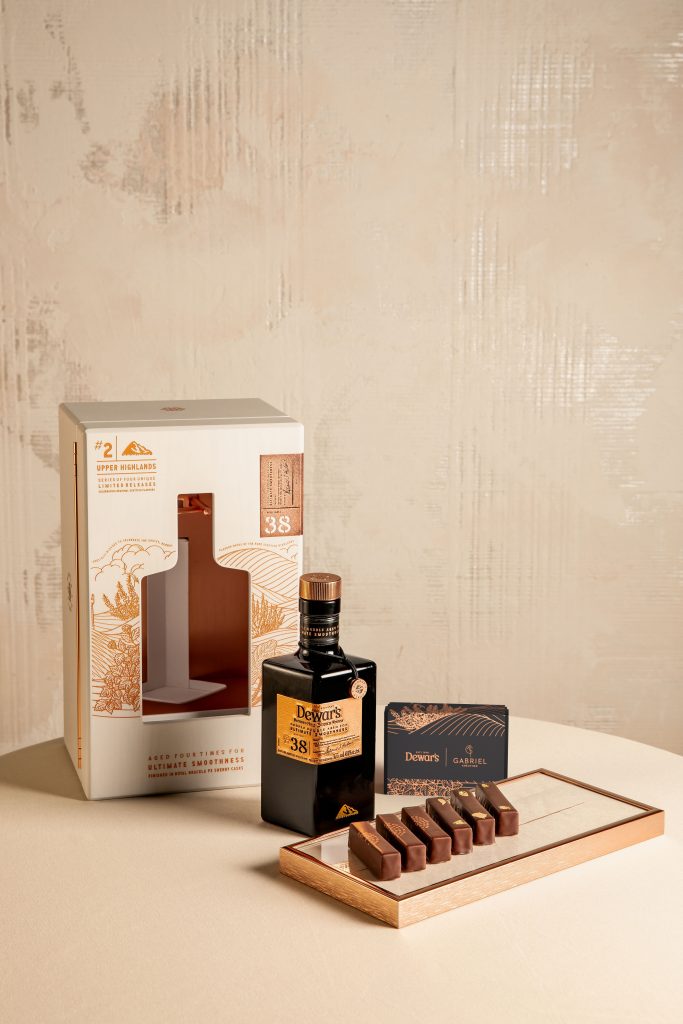
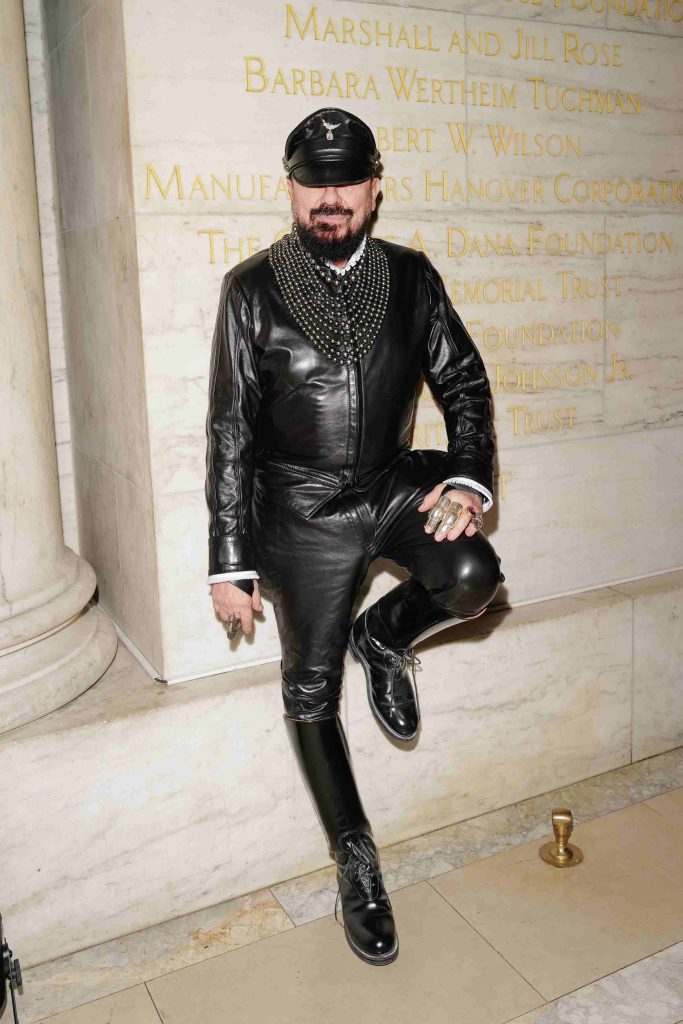
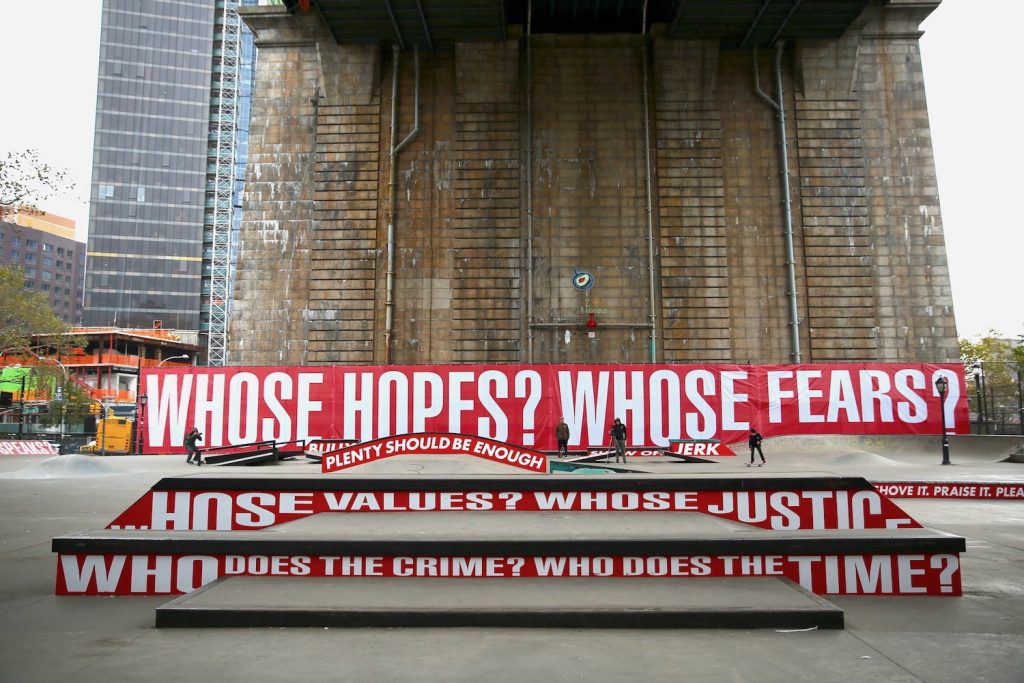

What are your thoughts?